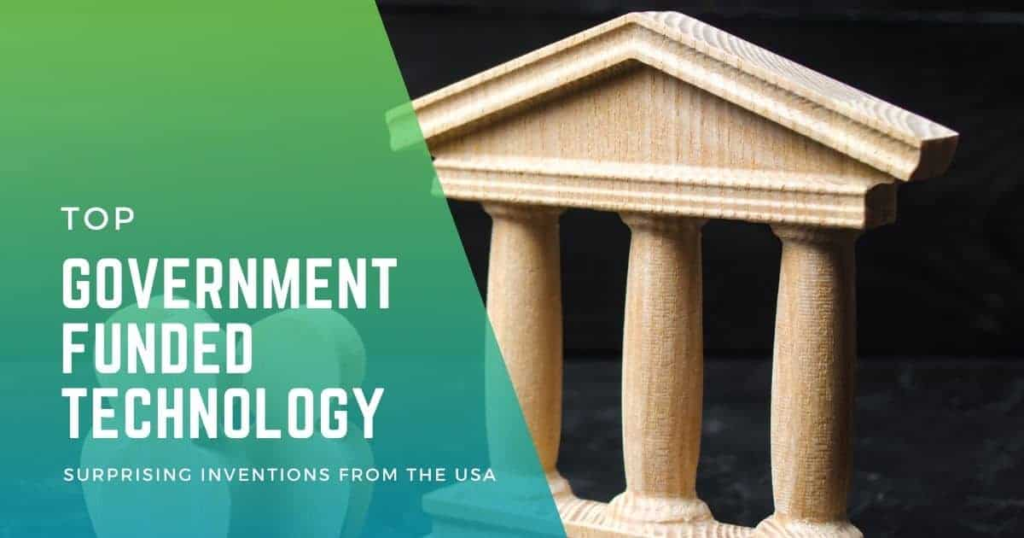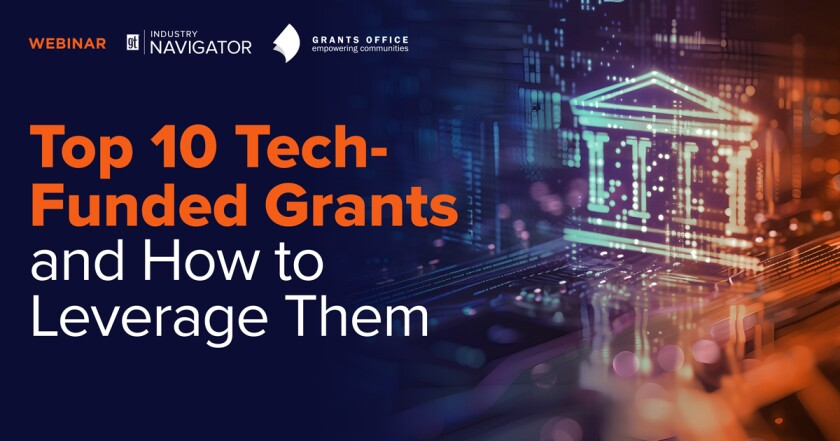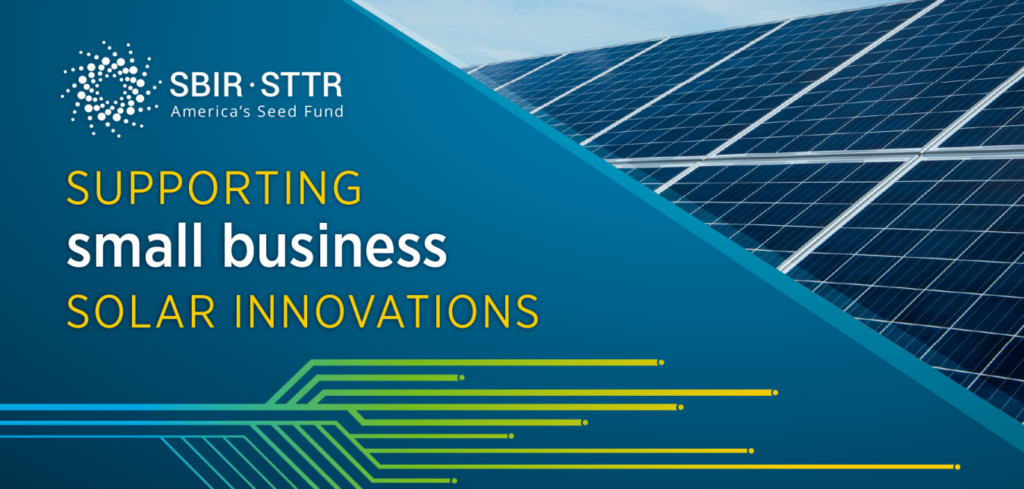
The United States has long been a global leader in innovation, and one big reason for that success is the strong support from its government. Over the years, U.S. government agencies like DARPA (Defense Advanced Research Projects Agency), NASA, and the National Science Foundation (NSF) have funded some of the world’s most game-changing technologies.
From the early internet to today’s AI and space tech, many of the tools we use today had their roots in publicly funded research. In this article, we’ll explore some of the most important government-funded tech innovations in the USA, how they started, and how they continue to shape our world.

1. The Internet: A Military Project Turned Global Network
One of the biggest tech revolutions ever—the Internet—was not started by a private company but by a U.S. government agency. In the late 1960s, DARPA funded a project called ARPANET to build a communication network that could survive a nuclear attack.
That project laid the foundation for what we now know as the internet. It allowed computers in different locations to talk to each other and share data. Over time, ARPANET evolved and was handed over to other institutions, eventually becoming the global internet used by billions today.
Impact: Without the internet, there would be no social media, cloud computing, or remote work. It’s hard to imagine life without it—and it all began with government funding.
2. GPS: The Backbone of Navigation and Modern Mobility
The Global Positioning System (GPS) is another tech gift that came from the U.S. government. Originally developed by the U.S. Department of Defense in the 1970s, GPS was used for military navigation.
In the 1980s, the government made it available for civilian use. Today, it powers everything from Google Maps and Uber to aviation, agriculture, and supply chains.
Impact: GPS is now a key technology in smartphones, cars, drones, and even farming equipment, helping billions of people get where they need to go.
3. Moderna COVID-19 Vaccine: Powered by Government-Funded mRNA Research
During the COVID-19 pandemic, Moderna became a household name. But what many people don’t know is that years of government-funded research made the vaccine possible.
The National Institutes of Health (NIH) and Defense Advanced Research Projects Agency (DARPA) invested in mRNA technology for over a decade before COVID-19 hit. This early research helped Moderna quickly develop one of the first and most effective COVID-19 vaccines.
Impact: This innovation saved millions of lives and proved the importance of public investment in science and healthcare.
4. Voice Assistants: From Military Speech Recognition to Siri and Alexa
Voice assistants like Siri, Alexa, and Google Assistant are now part of everyday life. But the basic speech recognition technology behind them came from DARPA-funded projects in the 1970s and 1980s.
The U.S. government wanted to improve communication between humans and machines for defense purposes. Years later, those efforts formed the base of today’s voice-controlled devices.
Impact: Government investment in early voice tech now powers home assistants, smartphones, and smart appliances used by millions.

5. Touchscreen Technology: From NASA Labs to Everyday Devices
Believe it or not, the touchscreen in your smartphone or tablet can trace its roots back to U.S. government research. NASA and other government agencies supported early experiments with touch technology for space and military use.
Over time, this tech was adopted by private companies and eventually transformed the way we interact with our devices.
Impact: Touchscreen interfaces are now the standard for mobile phones, ATMs, gaming systems, and more.
6. CRISPR Gene Editing: Pushed Forward by Public Research
CRISPR, the groundbreaking gene-editing tool, is making waves in science and medicine. While it’s now used in cutting-edge medical treatments and genetic research, it was largely made possible through government-backed studies funded by the National Institutes of Health.
CRISPR allows scientists to edit DNA with extreme precision, opening doors to treating diseases at the genetic level.
Impact: This tech could cure genetic illnesses, improve crops, and even eliminate some viruses. It’s a major step toward the future of biotechnology.
7. Solar and Renewable Energy Tech: A Push from Public Dollars
The U.S. Department of Energy has heavily invested in solar panels, wind power, and battery storage. For years, it provided grants and support to startups and universities working on cleaner energy.
This early investment helped bring down the cost of solar panels and improved the efficiency of renewable energy systems.
Impact: The push for cleaner, cheaper energy is helping to fight climate change and reduce dependence on fossil fuels.

8. Artificial Intelligence: A Legacy of Cold War-Era Funding
Today, Artificial Intelligence (AI) is everywhere—from chatbots and facial recognition to self-driving cars. But AI didn’t start in Silicon Valley. It began in the 1950s and 60s with heavy funding from the U.S. government, especially from DARPA.
AI research received another big boost in the 2010s when the Department of Defense and other agencies funded projects to advance machine learning and deep learning.
Impact: AI is now driving innovation in nearly every industry—healthcare, education, finance, defense, and more.
Why Government Funding Matters
You might wonder why the government keeps investing billions in tech research. The answer is simple: private companies often can’t afford to take big risks on long-term ideas. Government agencies, on the other hand, can invest in uncertain but high-potential projects.
Once these ideas show promise, private companies take them to market. This partnership between public investment and private innovation is a key part of America’s tech success.
What’s Next?
Government funding continues to support new areas like:
- Quantum computing
- Fusion energy
- Space travel and Mars missions
- Climate change tech
- AI regulation and ethics
The technologies of tomorrow are being built today, often quietly, in government labs, university programs, and public-private partnerships.
Final Thoughts
When you swipe your phone screen, get GPS directions, or ask Alexa about the weather, you’re using technology that wouldn’t exist without U.S. government funding. These innovations show the power of smart public investment in science and technology. While private companies often get the spotlight, it’s the public funds that light the path forward.
If the U.S. continues to invest in bold ideas, the next big breakthrough—whether in health, energy, or AI—might already be taking shape behind closed doors in a government lab.
Read More :-Top 10 Tech Hubs in the USA Outside Silicon Valley






